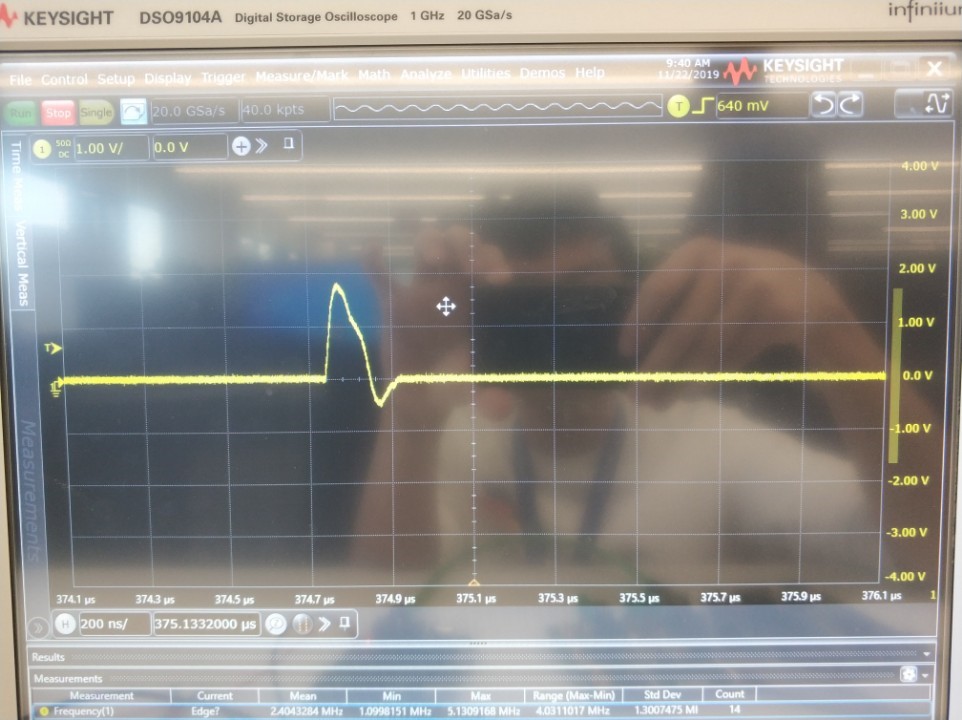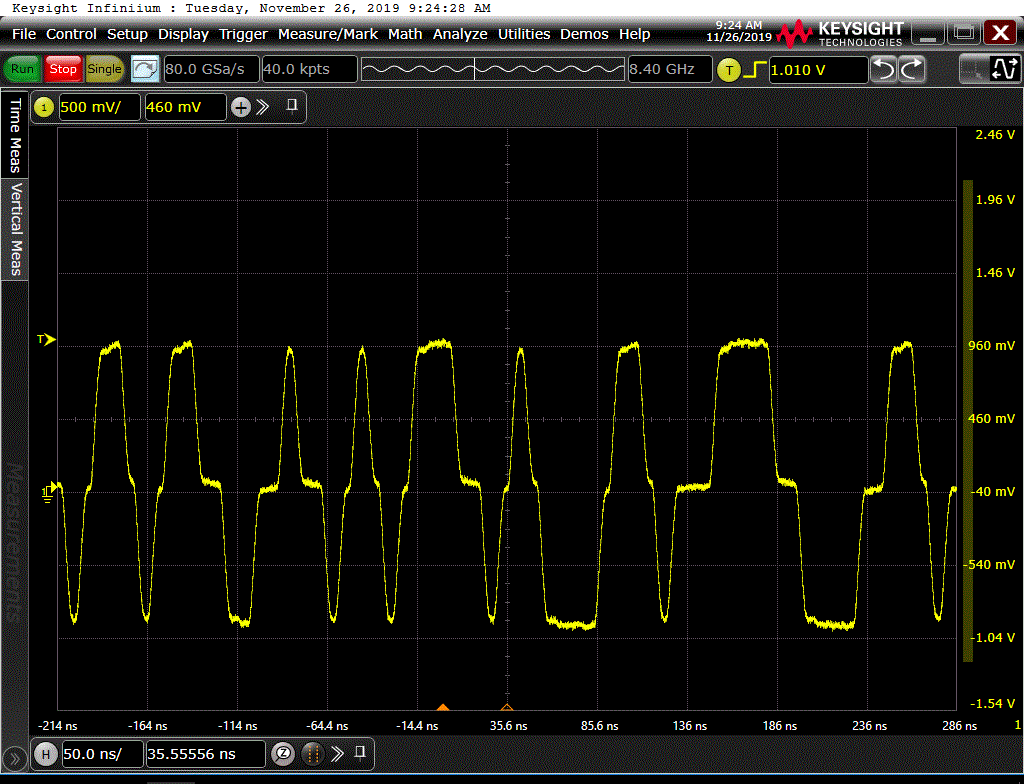In the Ethernet physical layer consistency test, there is a problem: under normal test conditions, the waveform of the idle 0x55 code mtl-3 of 100base TX should be as shown in Figure 1, but we found that the waveform is as shown in Figure 2, which is similar to a 10base waveform.
After finding some solutions on the Internet, Rx ﹣ D3 Rx ﹣ D2 Rx ﹣ D1 Rx ﹣ d0 pins are all equipped with pull-up resistance, an ﹣ 0 pin is pulled high, and configured into full duplex, self negotiation mode. But the waveform of Figure 2 is still measured.
Questions to be answered:
Is the waveform in Figure 2 because the auto negotiation function is turned on?
Do we need to turn off the auto negotiation function to get the waveform in Figure 1?
If our judgment direction (turn off auto negotiation) is correct? To turn off auto negotiation, which parts of dp83822ifrhbr need to be processed on the hardware?
If it is shut down by software, what kind of operation is it?









